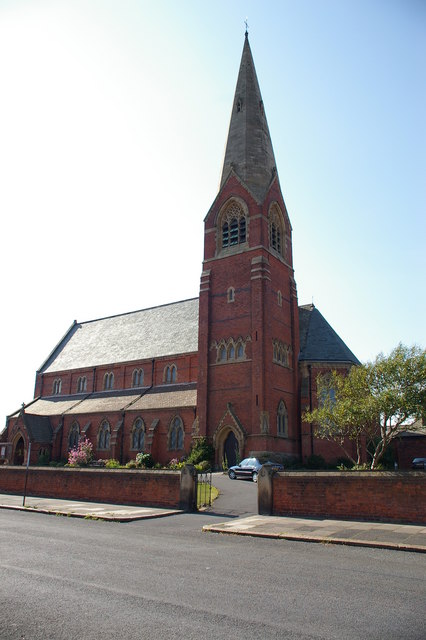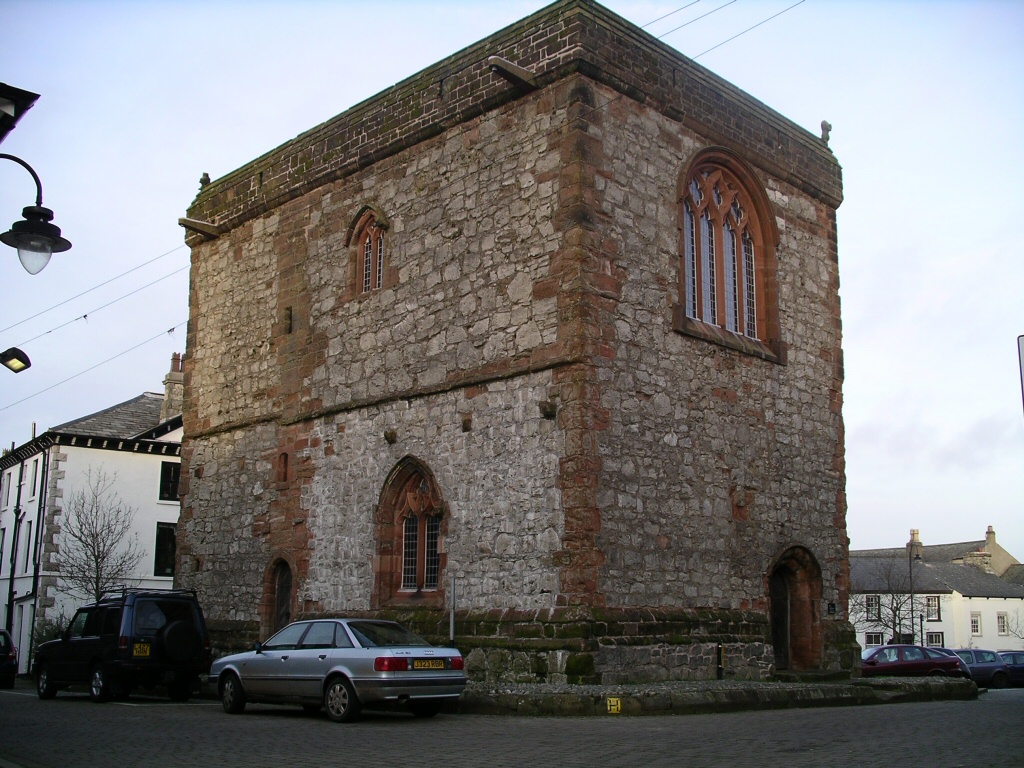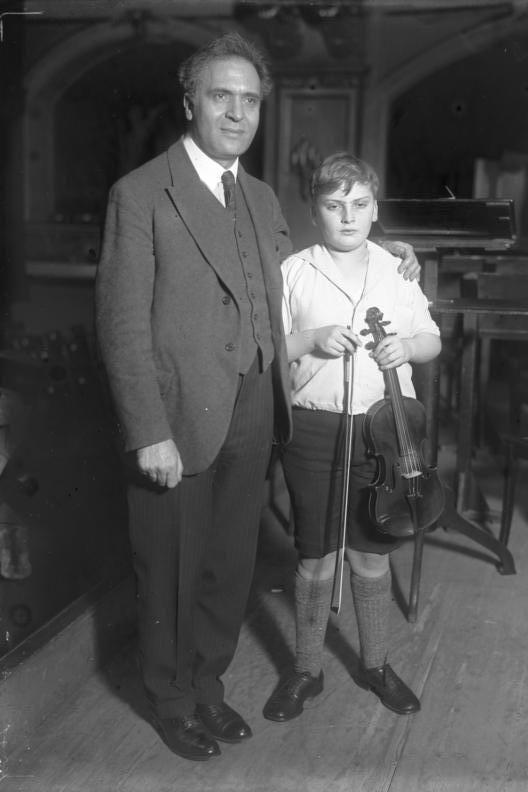|
St. Mary Of Furness Roman Catholic Church
St Mary of Furness is a Catholic Church, Roman Catholic church located on Duke Street, Barrow-in-Furness, Duke Street in Barrow-in-Furness, England. The congregation was founded in 1858, however the current building was constructed between 1866 and 1867. It is a Grade II listed building. History It was built with £6,000 donated by Spencer Cavendish, 8th Duke of Devonshire, Spencer Cavendish the 8th Duke of Devonshire. Designed by English architect E. W. Pugin, the spacious church originally seated 800, but has now been expanded to accommodate around 1,000 worshippers. In 1976 St. Mary of Furness and the church Rectory, presbytery were granted Listed building, Grade II listed status by Historic England. The church's organ contains approximately 3,000 pipes and was originally built by Messrs. Hill and Son for the Royal Liverpool Philharmonic, Royal Liverpool Philharmonic Society. The spire of St. Mary of Furness wasn't added to the church until 1888, despite being a key component ... [...More Info...] [...Related Items...] OR: [Wikipedia] [Google] [Baidu] |
Hindpool
Hindpool is an area and Wards of the United Kingdom, electoral ward of Barrow-in-Furness, Cumbria, England. It is bordered by Barrow Island, Barrow-in-Furness, Barrow Island, Central Barrow, Ormsgill, Parkside, Barrow-in-Furness, Parkside and the Walney Channel, the local population stood at 5,851 in 2011. The ward covers the entire western half of the town centre and includes Barrow's main List of leading shopping streets and districts by city, shopping district. Other local landmarks include the Furness College, Barrow-in-Furness, Furness College Channelside campus, the Dock Museum and the Barrow-in-Furness Main Public Library, Main Public Library. Hindpool is also home to two stadia - Barrow Raiders' Craven Park (Barrow), Craven Park and Barrow A.F.C.'s Holker Street. The ward itself will be combined with Barrow Island and Central wards in April 2023 following formation of the new Westmorland and Furness Local Authority and be named 'Old Barrow'. History The Hindpool Estate ap ... [...More Info...] [...Related Items...] OR: [Wikipedia] [Google] [Baidu] |
Historic England
Historic England (officially the Historic Buildings and Monuments Commission for England) is an executive non-departmental public body of the British Government sponsored by the Department for Digital, Culture, Media and Sport. It is tasked with protecting the historic environment of England by preserving and listing historic buildings, scheduling ancient monuments, registering historic Parks and Gardens and by advising central and local government. The body was officially created by the National Heritage Act 1983, and operated from April 1984 to April 2015 under the name of English Heritage. In 2015, following the changes to English Heritage's structure that moved the protection of the National Heritage Collection into the voluntary sector in the English Heritage Trust, the body that remained was rebranded as Historic England. The body also inherited the Historic England Archive from the old English Heritage, and projects linked to the archive such as Britain from Above, w ... [...More Info...] [...Related Items...] OR: [Wikipedia] [Google] [Baidu] |
Grade II Listed Roman Catholic Churches In England
Grade most commonly refers to: * Grade (education), a measurement of a student's performance * Grade, the number of the year a student has reached in a given educational stage * Grade (slope), the steepness of a slope Grade or grading may also refer to: Music * Grade (music), a formally assessed level of profiency in a musical instrument * Grade (band), punk rock band * Grades (producer), British electronic dance music producer and DJ Science and technology Biology and medicine * Grading (tumors), a measure of the aggressiveness of a tumor in medicine * The Grading of Recommendations Assessment, Development and Evaluation (GRADE) approach * Evolutionary grade, a paraphyletic group of organisms Geology * Graded bedding, a description of the variation in grain size through a bed in a sedimentary rock * Metamorphic grade, an indicatation of the degree of metamorphism of rocks * Ore grade, a measure that describes the concentration of a valuable natural material in the surroundi ... [...More Info...] [...Related Items...] OR: [Wikipedia] [Google] [Baidu] |
Roman Catholic Churches In Cumbria
Roman or Romans most often refers to: *Rome, the capital city of Italy *Ancient Rome, Roman civilization from 8th century BC to 5th century AD *Roman people, the people of ancient Rome *''Epistle to the Romans'', shortened to ''Romans'', a letter in the New Testament of the Christian Bible Roman or Romans may also refer to: Arts and entertainment Music * Romans (band), a Japanese pop group * ''Roman'' (album), by Sound Horizon, 2006 * ''Roman'' (EP), by Teen Top, 2011 *" Roman (My Dear Boy)", a 2004 single by Morning Musume Film and television *Film Roman, an American animation studio * ''Roman'' (film), a 2006 American suspense-horror film * ''Romans'' (2013 film), an Indian Malayalam comedy film * ''Romans'' (2017 film), a British drama film * ''The Romans'' (''Doctor Who''), a serial in British TV series People *Roman (given name), a given name, including a list of people and fictional characters *Roman (surname), including a list of people named Roman or Romans *Ῥωμα� ... [...More Info...] [...Related Items...] OR: [Wikipedia] [Google] [Baidu] |
Grade II Listed Churches In Cumbria
Grade most commonly refers to: * Grade (education), a measurement of a student's performance * Grade, the number of the year a student has reached in a given educational stage * Grade (slope), the steepness of a slope Grade or grading may also refer to: Music * Grade (music), a formally assessed level of profiency in a musical instrument * Grade (band), punk rock band * Grades (producer), British electronic dance music producer and DJ Science and technology Biology and medicine * Grading (tumors), a measure of the aggressiveness of a tumor in medicine * The Grading of Recommendations Assessment, Development and Evaluation (GRADE) approach * Evolutionary grade, a paraphyletic group of organisms Geology * Graded bedding, a description of the variation in grain size through a bed in a sedimentary rock * Metamorphic grade, an indicatation of the degree of metamorphism of rocks * Ore grade, a measure that describes the concentration of a valuable natural material in the surrounding ... [...More Info...] [...Related Items...] OR: [Wikipedia] [Google] [Baidu] |
Churches In Barrow-in-Furness
Church may refer to: Religion * Church (building), a building for Christian religious activities * Church (congregation), a local congregation of a Christian denomination * Church service, a formalized period of Christian communal worship * Christian denomination, a Christian organization with distinct doctrine and practice * Christian Church, either the collective body of all Christian believers, or early Christianity Places United Kingdom * Church (Liverpool ward), a Liverpool City Council ward * Church (Reading ward), a Reading Borough Council ward * Church (Sefton ward), a Metropolitan Borough of Sefton ward * Church, Lancashire, England United States * Church, Iowa, an unincorporated community * Church Lake, a lake in Minnesota Arts, entertainment, and media * ''Church magazine'', a pastoral theology magazine published by the National Pastoral Life Center Fictional entities * Church (''Red vs. Blue''), a fictional character in the video web series ''Red vs. Blue'' * Churc ... [...More Info...] [...Related Items...] OR: [Wikipedia] [Google] [Baidu] |
List Of Places Of Worship In Barrow-in-Furness
This article lists places of worship in the English town of Barrow-in-Furness. Barrow was a town built on industry and up until the late 19th century was only a small village. The population skyrocketed in a matter of decades to a peak of over 70,000, as a result the majority of the town's places of worship were built in the late 19th century and early 20th century. Many were only temporary timber structures and soon replaced by the present buildings. According to the 2001 UK Census, 81.03% of Barrow's population identified as Christian with 0.58% of individuals stating another religion (the majority being Muslims and Buddhists). However these figures are currently outdated, as even in 2001 7.59% of individuals didn't state a religion (as opposed to stating 'no religion') as well as the fact that between 2001 and 2007, the ethnic minority population of Barrow has almost trebled in size. All current places of worship in Barrow belong to denominations of Christianity, although three ... [...More Info...] [...Related Items...] OR: [Wikipedia] [Google] [Baidu] |
Listed Buildings In Barrow-in-Furness
There are 274 listed buildings in the Borough of Barrow-in-Furness, with about 70% in Barrow-in-Furness itself. The 2015 Heritage Index formed by the Royal Society of Arts and the Heritage Lottery Fund placed the Borough as seventh highest of 325 English districts with an especially high score relating to industrial heritage assets. The Barrow Island conservation area contains dozens of historic shipyard buildings and tenements, while numerous listed buildings can be found lining Abbey Road and Duke Street, which were designed as the principal north to south and east to west thoroughfares of the Victorian planned town. Despite many buildings and structures dating from this era, an abundance of listed buildings exist throughout the Borough that pre-date Barrow, in villages that were consumed by the rapidly expanding town. One notable example being Newbarns village which retains its original 18th century street layout. Significant clusters of listed buildings can be found around t ... [...More Info...] [...Related Items...] OR: [Wikipedia] [Google] [Baidu] |
Heritage Lottery Fund
The National Lottery Heritage Fund, formerly the Heritage Lottery Fund (HLF), distributes a share of National Lottery funding, supporting a wide range of heritage projects across the United Kingdom. History The fund's predecessor bodies were the National Land Fund, established in 1946, and the National Heritage Memorial Fund, established in 1980. The current body was established as the "Heritage Lottery Fund" in 1994. It was re-branded as the National Lottery Heritage Fund in January 2019. Activities The fund's income comes from the National Lottery which is managed by Camelot Group. Its objectives are "to conserve the UK's diverse heritage, to encourage people to be involved in heritage and to widen access and learning". As of 2019, it had awarded £7.9 billion to 43,000 projects. In 2006, the National Lottery Heritage Fund launched the Parks for People program with the aim to revitalize historic parks and cemeteries. From 2006 to 2021, the Fund had granted £254million ... [...More Info...] [...Related Items...] OR: [Wikipedia] [Google] [Baidu] |
Heritage At Risk Register
An annual ''Heritage at Risk Register'' is published by Historic England. The survey is used by national and local government, a wide range of individuals and heritage groups to establish the extent of risk and to help assess priorities for action and funding decisions. This heritage-at-risk data is one of the UK government's official statistics. ''Heritage at risk'' is term for cultural heritage assets that are at risk as a result of neglect, decay, or inappropriate development; or are vulnerable to becoming so. England's ''Heritage at Risk Register'' The ''Heritage at Risk Register'' covers: * Grade I and II* listed buildings (the baseline register is 1999); Grade II listed buildings in London only (the baseline register is 1991) * Structural scheduled monuments (base year is 1999) and scheduled monuments (base year is 2009) * Registered parks and gardens (base year is 2009) * Registered historic battlefields (base year is 2008) * Protected wreck sites * Conservation areas ... [...More Info...] [...Related Items...] OR: [Wikipedia] [Google] [Baidu] |
Royal Liverpool Philharmonic
Royal Liverpool Philharmonic is a music organisation based in Liverpool, England, that manages a professional symphony orchestra, a concert venue, and extensive programmes of learning through music. Its orchestra, the Royal Liverpool Philharmonic Orchestra, is the UK's oldest continuing professional symphony orchestra. In addition to the orchestra, the organisation administers the Royal Liverpool Philharmonic Choir, the Liverpool Philharmonic Youth Company and other choirs and ensembles. It is involved in educational and community projects in Liverpool and its surrounding region. It is based in the Philharmonic Hall, Liverpool, Liverpool Philharmonic Hall, an Art Deco concert hall built in the late 1930s. History 19th century The organisation has its origins in a group of music amateurs in the early 19th century. They had met during the 1830s in St Martin's Church under the leadership of William Sudlow, a stockbroker and organist; their main interest was choral music.Spiegl, ... [...More Info...] [...Related Items...] OR: [Wikipedia] [Google] [Baidu] |
Rectory
A clergy house is the residence, or former residence, of one or more priests or ministers of religion. Residences of this type can have a variety of names, such as manse, parsonage, rectory or vicarage. Function A clergy house is typically owned and maintained by a church, as a benefit to its clergy. This practice exists in many denominations because of the tendency of clergy to be transferred from one church to another at relatively frequent intervals. Also, in smaller communities, suitable housing is not as available. In addition, such a residence can be supplied in lieu of salary, which may not be able to be provided (especially at smaller congregations). Catholic clergy houses in particular may be lived in by several priests from a parish. Clergy houses frequently serve as the administrative office of the local parish, as well as a residence. They are normally located next to, or at least close to, the church their occupant serves. Partly because of the general conservati ... [...More Info...] [...Related Items...] OR: [Wikipedia] [Google] [Baidu] |





